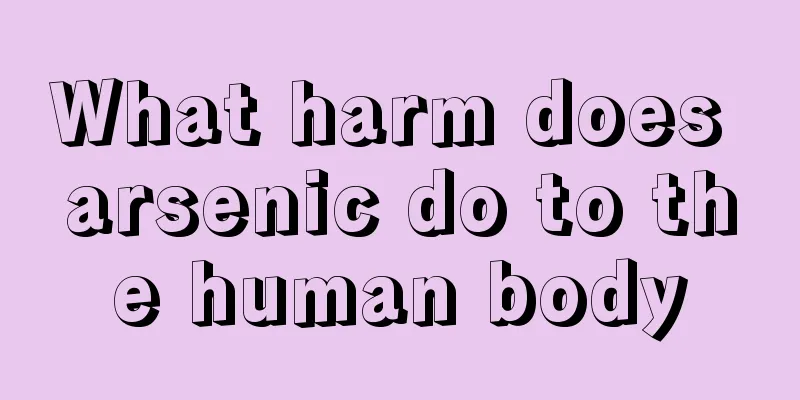What are the side effects of interventional treatment for liver cancer? Interventional treatment for liver cancer has 7 major advantages

|
Interventional treatment of liver cancer is a way to treat liver cancer. However, while this method can achieve certain therapeutic effects, its side effects cannot be ignored. Moreover, this treatment method is difficult to operate, has obvious side effects, and can also cause damage to normal liver cells. 1. Disadvantages of interventional treatment: 1. Liver cancer's main blood supply depends on the hepatic artery, but the cancer mass is surrounded by the portal vein, so cancer cells can "survive in peace". 2. The operation is somewhat difficult. The catheter should be placed in the blood supply artery in a selective manner to achieve the best effect. However, sometimes it is difficult to enter the hepatic artery. However, some liver cancers can be supplied by multiple blood vessels. 3. Despite super-selective access, there are still obvious side effects. According to the data analysis of our hospital, the most common reactions are in the gastrointestinal tract. 4. Patients with portal vein cancer thrombus should consider removing the cancer thrombus as appropriate. 5. Even if the superselective operation is carried out smoothly, due to reasons such as high-pressure injection, it may cause accidental embolism, shunting and inevitable micro-metastasis. 6. Normal liver cells are still damaged, and a few patients even suffer from liver dysfunction. 7. The therapeutic effect is not satisfactory for patients with large cancer masses. 8. Some patients’ blood vessels are blocked after one treatment, making further operations difficult. Second, the advantages of interventional treatment: 1. The therapeutic effect is definite. Those who are successfully treated can see a rapid decrease in AFp, reduction in tumor size, and relief of pain. 2. Scientific mechanism: The local drug concentration of interventional therapy is dozens of times higher than that of systemic chemotherapy, and it blocks the blood supply to the tumor. Therefore, the two-pronged approach has good efficacy and less toxicity than systemic chemotherapy. 3. Simple and easy operation, safe and reliable. 4. The elderly, weak and those with certain diseases can also undergo the procedure without general anesthesia and they just need to stay awake. 5. The cost is relatively low. 6. It can be repeated, and the diagnostic imaging is clear and easy to compare. 7. For some liver cancers, the size can be reduced and then resected in two steps. 8. It can be used as one of the important means of comprehensive treatment of advanced tumors. |
>>: Is liver cancer contagious? Common knowledge about the three major liver cancer diseases
Recommend
What should I do if a wart forms a large blood blister after being frozen?
Warts often appear on the patient's fingers, ...
Symptoms after being bitten by red fire ants_What are the symptoms after being bitten by red fire ants
Red fire ants not only attack humans, but can als...
What skin color is flax suitable for
If an exquisite makeup is a must for fashionable ...
What are the symptoms of liver cancer metastasis to the lungs? There are four symptoms
If liver cancer is not effectively controlled, it...
We must do a good job in lung cancer prevention in our daily life
Lung cancer is the most common cancer, and the nu...
What is the reason for heaviness in calves
Many people have experienced the symptom of heavy...
Why do women wear bras?
It is normal for women to wear bras. To some peop...
What are the methods for skin moisturizing
There are many reasons for dry skin, such as lack...
What are the methods to repair facial skin cancer
The repair of facial skin cancer has its own spec...
How much does radiotherapy for uterine cancer cost?
Uterine cancer is treated with surgery, radiother...
Skin care products suitable for 18-year-olds
18 years old is the best age in a person's li...
What are the wonderful uses of white sugar
White sugar is a common seasoning and we use it i...
What is the cause of the pain when knocking teeth?
Healthy teeth will not cause any pain. Some frien...
What's wrong with blisters from cupping
Cupping is a classic method of treating and preve...
The consequences of staying up late
Staying up late is not good for your health. If y...









